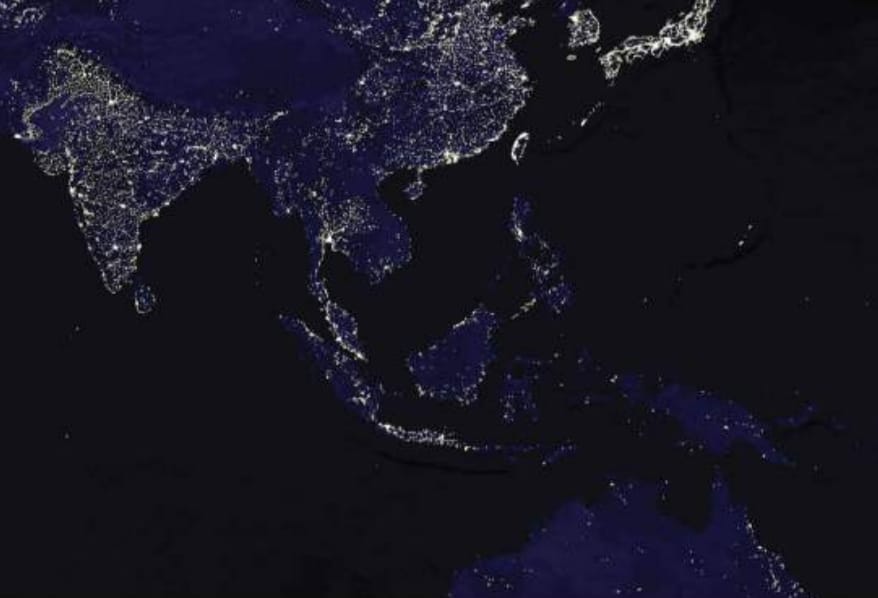The geopolitical epicenter of the 21st century, the Indo-Pacific region becomes a center of gravity in weaving future global destinies. At a crucial summit, President Joe Biden emphasized the critical role of a region that is not only free and open but also resilient to waves of coercion and instability. This vision is eloquent about a deep commitment to creating a world where the winds of freedom blows unhindered across wide oceans and varying continents. The approach foresees a web of partnerships and alliances, composed of the threads of common interests and mutual regard, that seek to create an environment where every nation would flourish free from the specter of hegemony by a single power. It sets a call to protect the international law and human rights structure and the Indo-Pacific as an example of secure cooperation and prosperity.
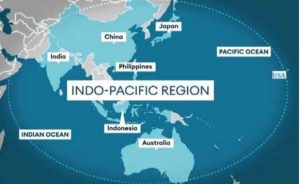 Historical Context and Strategic Importance
Historical Context and Strategic Importance
In the historical narration of the last two hundred years, the Indo-Pacific constitutes a pivot in the American strategic weave, melding huge economic and military stakes. Significantly lured by the commercial interests, the participation of the United States grew during the Asian immigration but settled during the intense World War II. This time resulted in an ironclad alliance system that spanned across all of Australia, Japan, Korea, the Philippines, and Thailand, which set a security foundation that empowered local democracies. Today, this sphere hosting more than half the world’s population and controlling two-thirds of the global economic activities still directs American foreign involvements that are an echo of association and prolonged commitments to a balanced power system amid evolving threats.
The Region based upon Numbers
More than half the world’s population are living in this region which includes 58% of the youth. This region alone accounts for 60% of global GDP with 2/3 of global economic growth. In terms of geographical context this region holds 65% of the world’s oceans and 25% of its land.
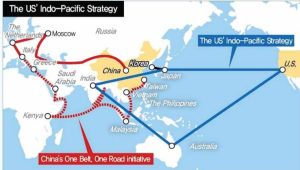 Current Strategic Vision under President Biden
Current Strategic Vision under President Biden
In a dynamic geopolitical environment, the administration of President Biden undertakes an Indo-Pacific vision that is marked with freedom, openness, and resilience. The strategy aims at addressing the strategic challenges posed by the assertive moves of the People’s Republic of China across the economic, diplomatic, and military spheres- underlining the importance of a strong U.S. presence. This involvement does not only counteract these influences but also cements a regional order where international norms and rights, including navigation freedoms, are preserved; thus, preserving a balance that sustains global stability and prosperity as well as U.S. allies and partners.
Key Objectives and Initiatives
The critical aims that should take center stage of the U.S. Indo-Pacific Strategy should revolve around developing a regime that is based on freedom, connectivity, prosperity, security, and resilience. The approach seeks to maintain sovereignty, human rights and free navigation, as it creates a network of trust and reciprocity throughout large domains of sea and land. This program is critical in creating settings where regional countries can grow independently without being unduly triggered or coerced. Strengthening the network of alliances (including inside and outside the regional borders) is crucial. This includes nourishing relations with traditional partners and key regional organizations like ASEAN, promoting a cooperative approach to regional issues. Enhanced relationships are being created not just to bolster diplomatic and military alliances but also to develop economic relations, which are more and more dictated by digital economy and infrastructure innovations. Economic initiatives concentrate on promoting regional prosperity with the help of enabling trade, investments and systems of sustainable growth, going through the digital transformation and constructing strong economic corridors, which deliver mutual advantages. On security, the strategy promises to update defense capabilities and reinforce military cooperation to prevent aggressions and to keep peace and order. Such an integrated approach is supported by the measures to address non-military challenges (climate change, health crises and other transnational threats) and promotes a comprehensive approach to regional resilience and security.
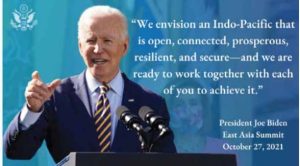 Implementation and Action Plan
Implementation and Action Plan
The Indo-Pacific Action Plan details a forward-looking approach aimed at buttressing regional stability and prosperity for the next 12 to 24 months, focusing on critical diplomatic, economic, and military investments. These undertakings are designed to reinforce the U.S. as a central player in the Indo-Pacific developing a free, open, and prosperous region. Diplomatically, the plan focuses on the reinforcement of alliances and the creation of new consulates, acting mainly in Southeast Asia, with respect to the issues of politics, economy, and security. Some of the economic measures are the implementation of the Indo-Pacific economic framework that concentrates on trade proliferation, supply chains safety, and sustainable economic policies necessary for regional prosperity. From military aspect, the plan emphasizes the development of defense strategies realized by integrated deterrence among all domains so that the U.S. and its allies can defend effectively. This contains strengthening military presence and capacities, improving cooperative security approaches, and developing technological tie-ups. It is aimed to achieve synergy on the diplomatic, economic, and military planes, thereby, striking a balance in addressing both traditional and non-traditional securities issues and upholds the Indo-Pacific region where international laws are observed, and every nation prospers in a safe and free environment.
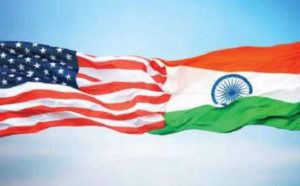 Challenges and Opportunities
Challenges and Opportunities
In the whirl of complicated geopolitical tides, the U.S. Indo-Pacific Strategy meets stark challenges alongside several significant opportunities as well. Internally, coordinating varied national interest within U.S and sustaining bipartisan support is a huge challenge. Externally, the strategic competition with China, guaranteeing the freedom of navigation and North Korean threat, are eternal challenges. Nevertheless, such dynamic environment also provides unique opportunities. Enhancing partnerships with major regional players such as Japan, Australia, and India, provides a route to reinforce regional security and economic development. In addition, strengthening the central role of ASEAN as a base permits cooperative regional stability, supporting an Indo-Pacific architecture that is both free and open.
The US Indo-Pacific Strategy comes out as the cornerstone of global stability and prosperity, stressing on unwavering dedication in nurturing a free, open and prosperous region. This strategic vision entails enabling teamwork with allies and partners to build a future that represents security, wealth, and resilience. Participating in such partnerships, the strategy targets not only immediate regional problems, but also long-term global peace. It is an important effort in transforming the geopolitical map, making sure that the Indo-Pacific area remains the stronghold of democratic values and economic welfare for a long period of time.
Written by-
Mr. Fahd Bin Zahed
Academician; Entrepreneur; Political Analyst

